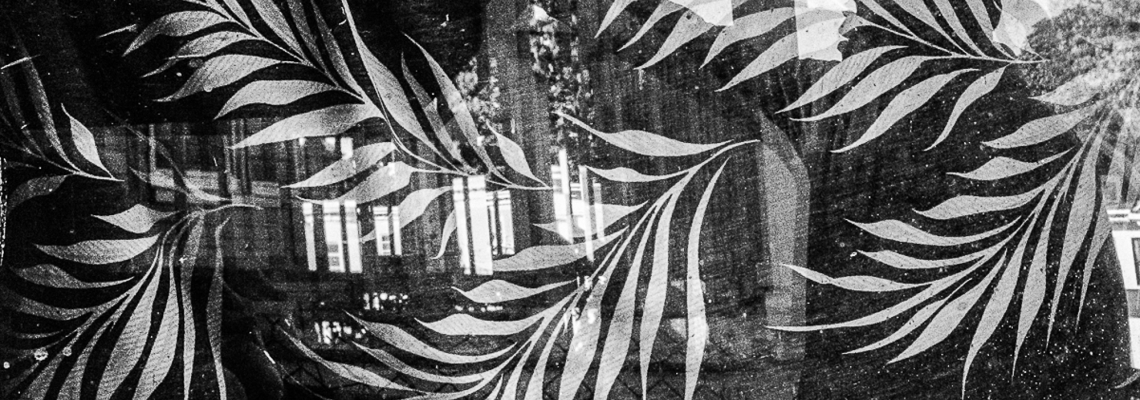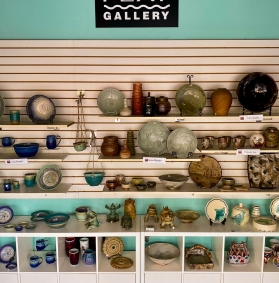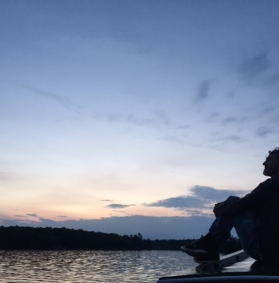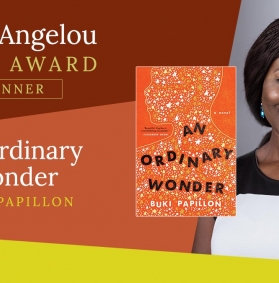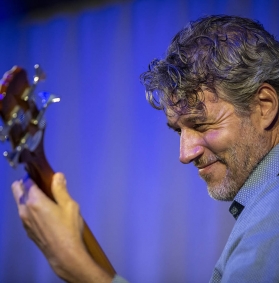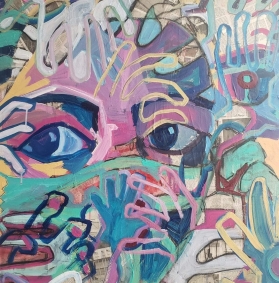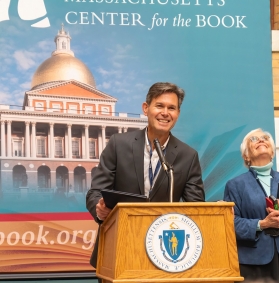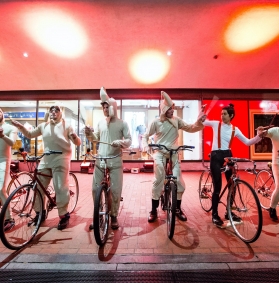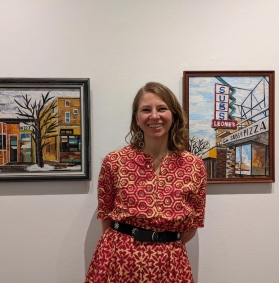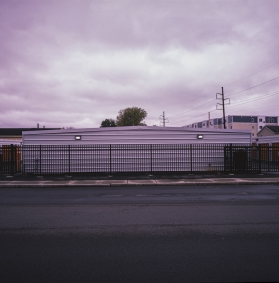 Interview with Cindy Weisbart as told to Kerrie Kemperman.
Interview with Cindy Weisbart as told to Kerrie Kemperman.
Please describe your “Owner Occupied” project. What are your plans and goals for it?
I moved to my apartment in a Somerville triple-decker in 2006. Four years later, my landlord was ready to move on. With generous support from the Commonwealth of Massachusetts, and being single without children, I was able to buy my building, and am now the landlord of an owner-occupied multi-family house.
I saw a Reddit post last summer that recommended seeking an owner-occupied building to find a good apartment around Boston for low rent. This comment made me wonder: with outside developers willing to pay so much, who is still out here doing this, what is their experience, and why haven’t they sold (yet)?
Multi-family houses were a road to homeownership for working-class immigrants and people of color around Boston around 1900. They provided low rents for new arrivals and the seeds of generational wealth for owners. As we all know, many of these buildings are being developed into high-price luxury condos, changing the composition of neighborhoods and the availability of affordable rents. But not everyone is selling.
I wanted to find out what is allowing some landlords to rent below market rate in their buildings, “leaving money on the table.” From teaching Economics in an urban public high school, I know that the basic unit of exchange is “choice,” not money: you set the value of any exchange, what it’s worth to you to choose this or that. I wanted to know what choices small landlords are making in their unique and individual circumstances in this time of rapidly increasing costs, both for homeowners and tenants. I thought other small landlords, community members, maybe even city government would want to know this, too. I also wanted to let landlords know that if they are considering making an arrangement that brings in less money from rentals — for any reason — that they are not alone.
 Just as it did 100 years ago, this group includes immigrants and children of immigrants, people of color, working-class families who paid off their buildings generations ago, people guided by religious or political principles regarding their relationships to housing and ownership, and financial and community investment. The faces and places where this is happening look, not surprisingly, like a cross-section of Somerville itself.
Just as it did 100 years ago, this group includes immigrants and children of immigrants, people of color, working-class families who paid off their buildings generations ago, people guided by religious or political principles regarding their relationships to housing and ownership, and financial and community investment. The faces and places where this is happening look, not surprisingly, like a cross-section of Somerville itself.
Is this a theme or subject that has come up for you in other projects, or a new path for you? What subjects have you explored previously?
Most of my photo projects have been stories within 10 miles of Somerville. I documented the effects of gentrification in Union Square when my car mechanics closed the doors of their second-generation family business. I photographed support and success in the Bunker Hill Community College men’s basketball team. I followed the mutual aid response of La Colaborativa in Chelsea, when they addressed community needs in the early days of the COVID pandemic.
 The personal is political. “Owner-Occupied” fits into my interest in the intersection of individual decisions and structural influences.
The personal is political. “Owner-Occupied” fits into my interest in the intersection of individual decisions and structural influences.
Tell us a bit about your background both in a general and artistic sense. How and when did you get into photography?
My father was an enthusiastic hobby photographer, and gave me a Nikon FG-20 film camera when I finished college. I really enjoyed making images of places and people in the time between getting my teaching degree and starting a career in the classroom — 14 years, bounded geographically by British Columbia, Nicaragua, Togo, Gaza, Belgium.
When I moved into my apartment in Somerville, my downstairs neighbor was Miriam Goodman, a retired writer, photographer, poet, and teacher. I shared my photo albums with her, and was “collected” into her incredible circle of artists and friends. I was encouraged to take a class at Maine Media. That’s where I began to study with Stella Johnson — a wonderful documentary photographer, mentor, and world citizen from Watertown. Stella’s exacting instruction and passionate encouragement guide me today!
 All the branches on my photographic tree begin with Miriam Goodman, et al.
All the branches on my photographic tree begin with Miriam Goodman, et al.
What camera did you start with and what do you use now — and why?
I started with that beloved Nikon FG-20 and a 50mm lens. When I shifted to digital (it took a while), I ended up with a Fuji x100S. I’ve been completely happy working with a fixed 35mm lens for 10 years. This summer I bought an XT-30 to see how different focal lengths change what I notice…
Who are some of the influences who have inspired your work, both in the past and the present?
I really love the process of looking and talking, and looking and talking… so my influences have been collectives that look together, make work together, talk together…then go out and make more work! The Photo League, the Kamoinge Workshop and the Bronx Documentary Center all have honored this type of deep, brilliant community understanding through image-making and critique. Alexandra Bell’s genius at the intersection of journalism and art. Tonika Lewis Johnson and the Folded Map Project. Jeff Jacobson, who could photograph the invisible. Yael Martinez, who combines it all.
 How would you describe your work/life balance, or how do you balance your creative time with the pressures of making a living?
How would you describe your work/life balance, or how do you balance your creative time with the pressures of making a living?
One way I merge the two is by bringing photography to the classroom. I’m a high school history teacher. Students make photographs to explore the relationship of work and family in Honors Economics, and document where they recognize the influence of Psychology in the community. In the course, “Social Documentary Photography, History and Civic Agency,” young people identify an issue that matters to them personally, investigate its current status, research its 20th-century roots, connect with and interview an activist or advocacy organization related to the issue, and create a documentary photography project to visually narrate what is important to them about the issue. Ten-page research papers and ten-image portfolios about school dress codes, gentrification, power plants, BIPOC classical musicians, food insecurity, Gen Z’s relationship to technology, climate change, anti-Semitism, Black masculinity, the disabled community, lowering the voting age, deforestation in Brazil, girls and boxing, indigenous healing traditions, all related directly to student experiences — can you picture it??
Part of my creative practice is in the art of teaching. What we do in the classroom reinforces my own image-making.
What’s one of your favorite places in Somerville (restaurant, park, building, etc.) or a favorite local event?
Modelo’s in Magoun Square. The strongest coffee, pão de queijo, delicious cornbread, always a friendly and welcoming atmosphere.
Please follow Cindy via her IG page.
